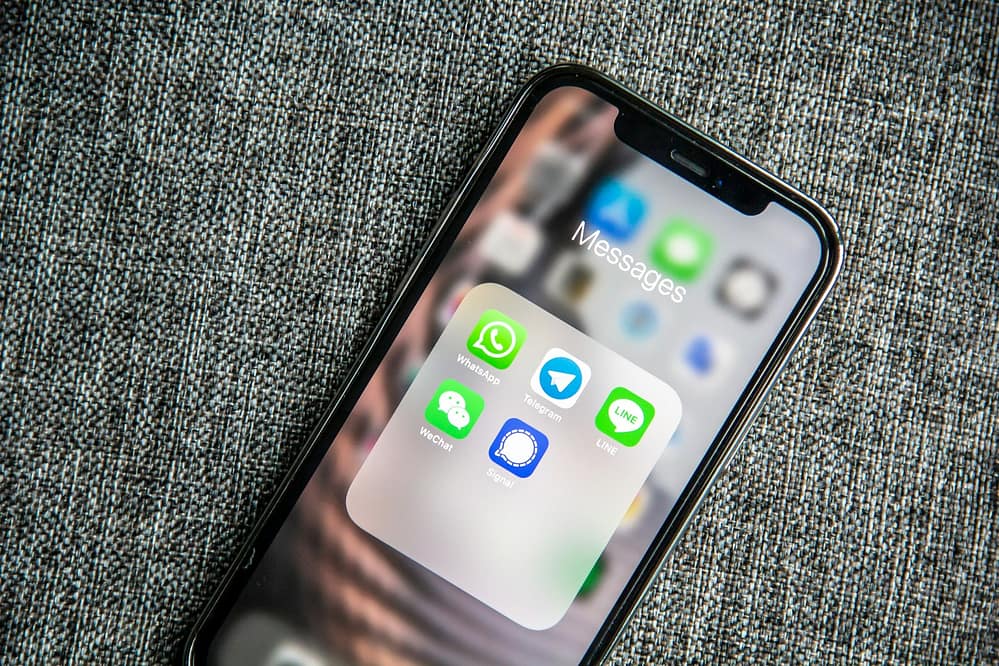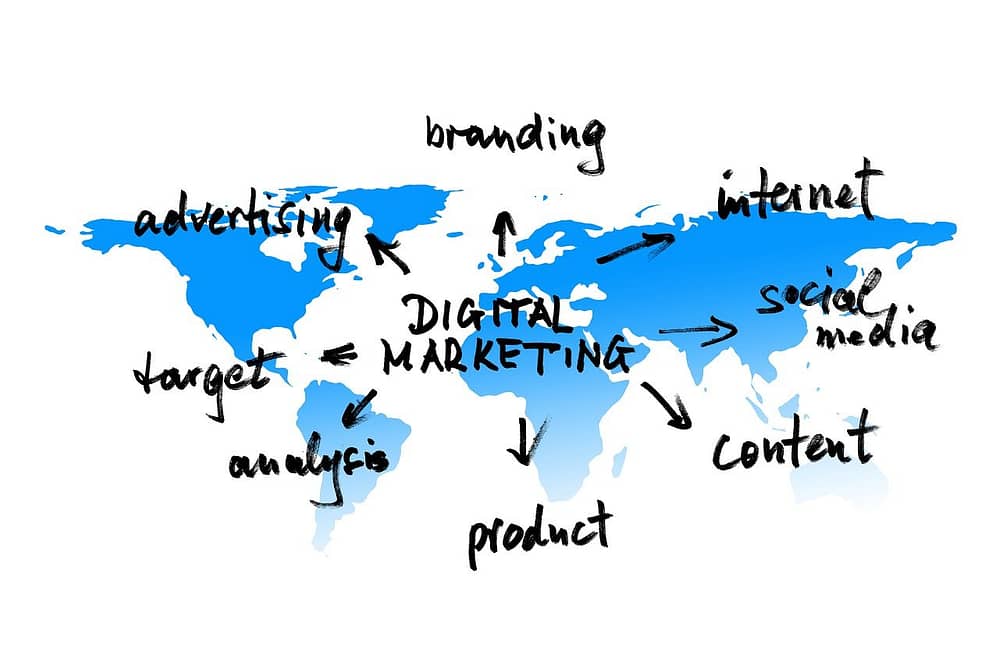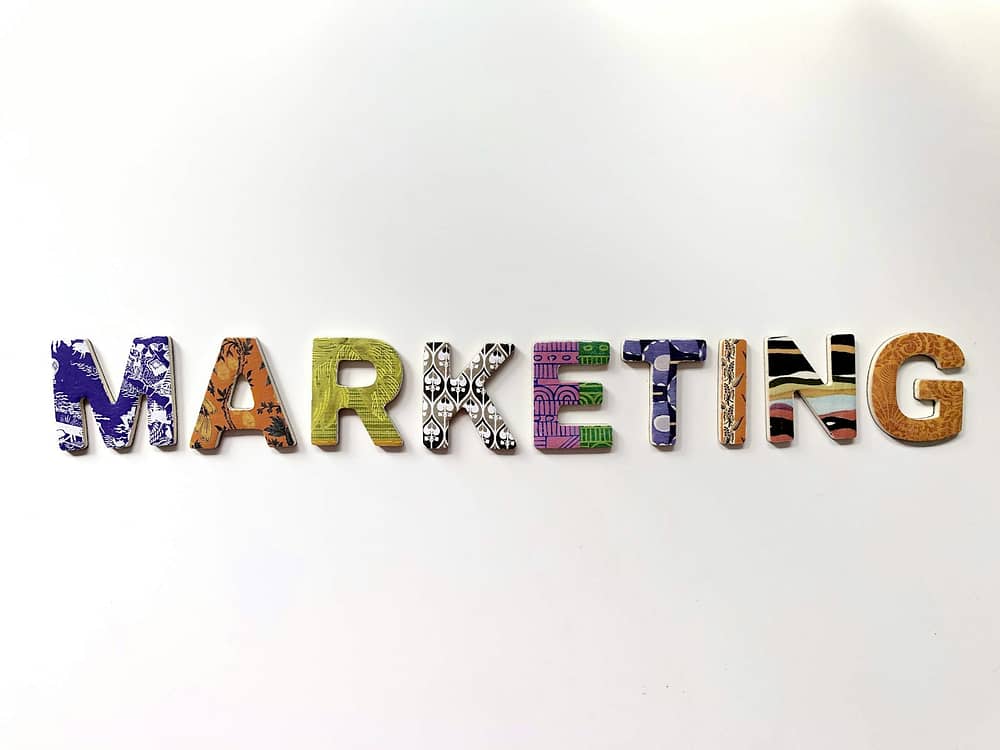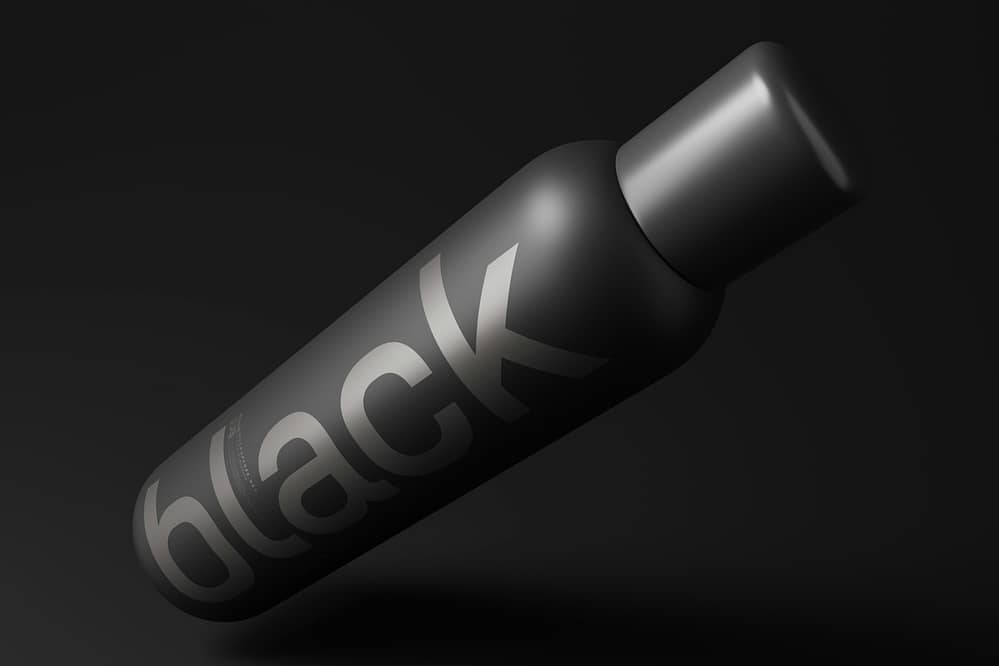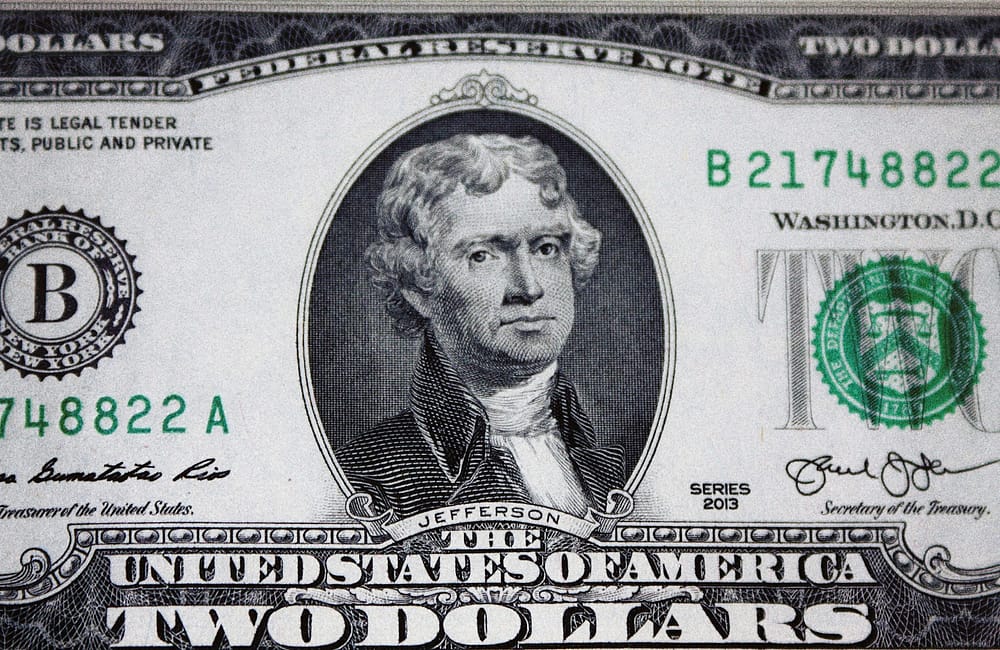Text Marketing Unleashed: A Deep Dive into SMS, MMS, and the Human Touch (The Pro-Beginner’s Guide)
Have you ever received a quick text from a brand — maybe a discount code, a “your order is out for delivery” update, or a friendly reminder — and felt compelled to act almost immediately? That’s text marketing (also known as SMS marketing) quietly doing its magic, bypassing the noise and landing straight into your most personal digital space.
Table of Contents
While social media feeds are a chaotic shout and email inboxes are often a graveyard of ignored promotions, text message marketing slips straight into your pocket. It’s not just fast; it’s hyper-personal, incredibly efficient, and boasts unmatched engagement rates.
In this expanded, pro-beginner’s guide, we’ll move beyond the basics. We’ll break down exactly what modern text marketing is, uncover the psychology behind its phenomenal success, detail the compliance non-negotiables, and map out a unique strategy that makes your messages feel less like an advertisement and more like a helpful note from a friend.
What Is Text Marketing, and Why Does it Feel So Different?
Text marketing is the authorized practice of sending relevant promotional, informational, or transactional messages to customers via their mobile devices. The core difference from other channels lies in the medium: the text message (SMS, MMS, or RCS).
Think of it as direct, permission-based communication with your audience, built on a foundation of trust. There are no finicky algorithms to beat, no spam folders to dread, and very little guesswork. You craft a concise message, hit send, and your subscriber receives an instant notification.
The Human Psychology of the Text Message
The magic of text marketing isn’t just in the technology; it’s in the human habit. For decades, the text message notification sound has been tied to personal, urgent, or high-value communication (family, friends, emergencies, or crucial updates). When a phone buzzes with a text, our brain is wired for immediate attention.
This is why text marketing enjoys an average open rate that routinely climbs over 90%, with most messages being read within the first three minutes. That level of instant, high-intent engagement is simply unparalleled in digital marketing.
Common High-Value Use Cases:
- Flash Sales or Discount Codes: Tapping into the fear of missing out (FOMO) with time-sensitive offers.
- Transactional Updates: Order confirmations, shipping tracking, and delivery notifications (the most welcomed texts).
- Appointment Reminders: Reducing “no-shows” significantly (a huge win for service-based businesses).
- Two-Way Conversations: Running quick polls, asking for feedback, or providing instant customer support.
The Evolving Landscape: SMS, MMS, and the Rise of RCS
While they all land on the phone, the format dictates the experience:
| Type | Full Name | Description | Best For | The Human Element |
| SMS | Short Message Service | The classic, text-only message limited to 160 characters. | Urgent, informational messages like reminders, shipping alerts, or simple discount codes. | Simplicity and Speed. It’s the fastest to load and read, making it feel most direct. |
| MMS | Multimedia Messaging Service | Allows for the inclusion of images, GIFs, short videos, and longer text (up to 1,600 characters). | Product launches, visual promotions, showcasing new inventory, or brand storytelling. | Visual Engagement. An image makes the message richer and easier to recall. |
| RCS | Rich Communication Services | An advanced protocol offering interactive features like carousels, branded layouts, suggested replies, and read receipts. | Modern customer journeys, interactive surveys, and a high-end, mini-app experience (currently strongest on Android). | Interactivity. It moves the conversation beyond one-way broadcast into a functional, branded dialogue. |
Pro Tip: Don’t limit yourself to SMS. Using MMS strategically can dramatically increase click-through rates, as the image acts as an immediate visual hook in a world saturated with plain text.
The Strategic Blueprint: How Text Marketing Really Works
Executing a successful campaign requires more than just an idea; it requires a systematic, compliant process.
Step 1: The Foundation of Trust – Building a Compliant Subscriber List
This step is the most critical: permission is not optional; it’s the law. Under regulations like the TCPA in the U.S. and GDPR in the E.U., you must obtain explicit, verifiable opt-in from every subscriber. This process is called “Express Written Consent.”
Effective, Compliant Opt-in Methods:
- Website Pop-ups/Forms: Include a clear checkbox next to the button that users must actively check.
- Keywords and Short Codes: Directing customers to text a specific word (e.g., “DEALS”) to a dedicated number (the “short code”).
- Checkout Opt-ins: Integrating an opt-in prompt during the e-commerce purchase flow.
Compliance Must-Haves in Every Opt-in:
- State the brand name sending the texts.
- Detail the expected message frequency (e.g., “Max 4 messages/month”).
- Clearly state that message and data rates may apply.
- Provide instructions for how to opt-out (e.g., “Reply STOP to cancel”).
Step 2: Selecting Your Mission Control Platform
The right platform handles the technical complexity and compliance automatically. Your choice depends on your business size and integration needs:
- For the Power User/Developer: Twilio. Offers the most robust API for deep, custom integrations and high-volume sending.
- For the Small Business/E-commerce: SimpleTexting, EZ Texting. Known for user-friendly dashboards, pre-built templates, and quick campaign setup.
- For the Multi-Channel Marketer: Brevo (formerly Sendinblue), Attentive. Platforms that seamlessly integrate SMS with email, CRM, and automation workflows.
Step 3: Crafting the Message: Voice, Value, and Urgency
Text marketing is not about volume; it’s about impact per message. Messages must be clear, concise, and offer immediate value.
- Adopt an Authentic Tone: Avoid sounding like a corporate robot. Use slightly informal language, contractions, and even appropriate emojis.
- Robotic: “Your opportunity for reduced pricing is now available. Click link.”
- Human Touch: “Hey [Name]! We just dropped prices by 30% for 24 hrs only. Don’t miss out.”
- Front-Load the Value: Get straight to the point. The first 30 characters should explain why the user is reading this text.
- Use a Single, Strong CTA: Every text should guide the user to one action (Shop now, Reply YES, Get directions).
Step 4: Segmentation and Personalization
To avoid the “generic text” mistake, segment your audience. A new subscriber should receive different messages than a loyal, repeat customer.
- Basic Segmentation: Grouping by location, sign-up date, or purchase history.
- Advanced Personalization: Sending a message related to a specific action (e.g., “You left the Red Hoodie in your cart! Want 10% off to finish the order?”). This level of targeting boosts conversion rates dramatically.
Step 5: The Post-Send Huddle – Analytics and Optimization
Data is the compass. Your platform will provide essential metrics:
- Delivery Rate: Is the message reaching the phone? (Should be near 100%).
- Click-Through Rate (CTR): The percentage of users who clicked the link in your text. (The ultimate measure of message strength.)
- Conversion Rate: How many clicks resulted in a purchase or desired action.
- Unsubscribe Rate: A high rate signals you’re sending too often, or the content isn’t valuable enough.
The Future is Conversational: AI and Interactive Messaging
Text marketing is constantly evolving, moving away from being a one-way megaphone toward becoming a two-way dialogue.
- AI-Powered Timing and Content: Machine learning models are now sophisticated enough to predict the absolute best time for an individual to receive a text based on their past behavior, maximizing the chance of a click.
- Chatbot Integration: AI chatbots are taking over instant replies. When a customer texts back with a question, the chatbot can handle the FAQ, track an order, or even redirect to a human agent, all within the text thread.
- RCS and WhatsApp: Expect the text message app to gain more features that make it behave like a rich mobile website. Furthermore, major platforms like WhatsApp Business are integrating with SMS providers, allowing brands to extend their reach into other popular messaging apps, especially in global markets.
Why You Must Start Experimenting Today
For any business, especially those new to tech, SMS is the ultimate low-barrier, high-return channel. You don’t need a costly designer, complex coding, or a massive budget. You just need a valuable message and respect for the customer’s time.
Your Initial Action Plan:
- Choose a Single Value Proposition: Example: 15% off first order.
- Set Up a Simple Opt-in: Use a single keyword (e.g., “JOIN”) on a clear pop-up.
- Start Small: Send one simple, high-value text message per week to your test list.
- Listen: Track the responses and the unsubscribe rate. If it’s low, you’re doing well!
The key to success in text marketing is consistency, value, and authenticity. When done right, your text messages won’t feel like an interruption; they’ll feel like a privileged piece of information delivered exactly when it’s needed most.
FAQ: Text Marketing — Your Beginner’s Toolkit
| Question | Answer |
| Q: What’s the biggest mistake a beginner can make? | Ignoring compliance. Never text without explicit, verified opt-in. The fines for violating privacy laws are severe and can ruin a business. |
| Q: How often should I send marketing texts? | Start with 1–2 messages per week maximum. The goal is to provide enough value to justify the space you take in their inbox without annoying them. |
| Q: Can I use emojis? | Yes, absolutely! Emojis add a human touch and can save precious characters, but use them thoughtfully. Ensure they fit your brand’s personality. |
| Q: What makes a message “transactional” vs. “promotional”? | Transactional messages are functional and relate to an existing service (e.g., “Your password has been reset,” “Order is confirmed”). Promotional messages are marketing-focused (e.g., “20% off sale,” “New product launch”). |
| Q: Do I need a special phone number? | Yes, you generally need a business-grade number: a short code (5-6 digits, high volume) or a 10-digit long code (10DLC, becoming the standard for business texting). Never use a regular personal number. |
| Q: How can I personalize texts without a name? | Personalize based on their behavior. Send an alert based on location, a recent purchase, or browsing history. Example: “Did you find what you needed in the Shoe category?” |
Hi, I’m Prince Stephen Mordi, the mind behind Voob.com.ng. I write simple, beginner-friendly guides on tech, blogging, and making money online. My goal is to help you navigate the internet without headaches—because tech doesn’t have to be complicated!

